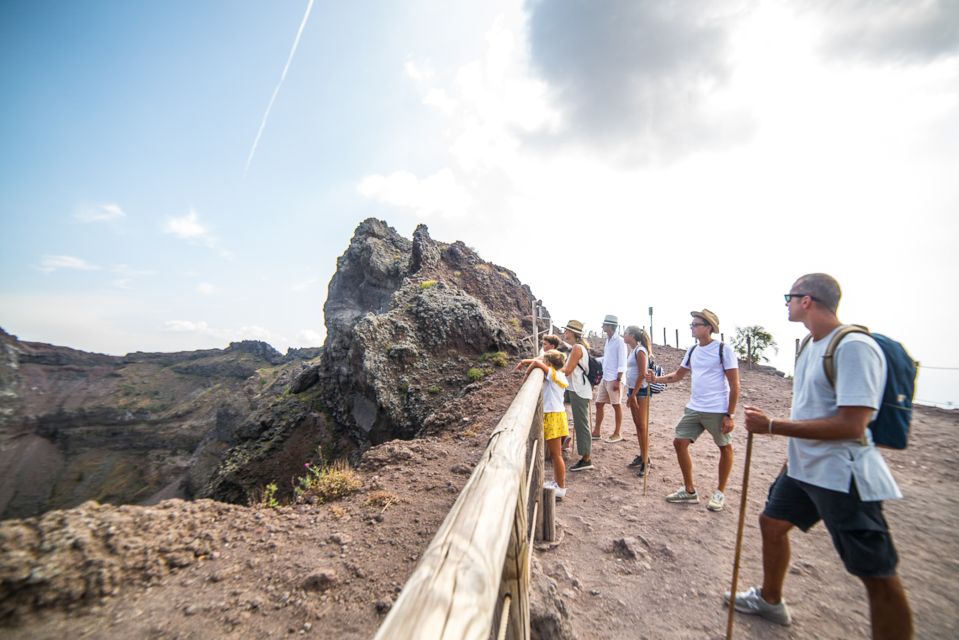Pompeii Facts
Certainly! Here are some interesting facts about Pompeii:
- Ancient City: Pompeii was an ancient Roman city located near modern-day Naples in Italy. It was a thriving and prosperous city until it was buried under volcanic ash and debris during the eruption of Mount Vesuvius in 79 AD.
- Preservation: The volcanic eruption of Mount Vesuvius preserved Pompeii remarkably well. The city was buried under layers of ash and pumice, which protected and sealed the structures and artifacts, allowing archaeologists to uncover and study the city in remarkable detail.
- Size and Population: Pompeii covered an area of approximately 170 acres (66 hectares) and had a population of around 20,000 people at the time of the eruption. It was a bustling city with markets, shops, homes, public buildings, and infrastructure.
- Rediscovery: Pompeii remained buried and forgotten for centuries until it was accidentally rediscovered in 1748 during the excavation works for the construction of a summer palace for the King of Naples. The excavation efforts have continued since then, revealing the extent and magnificence of the ancient city.
- Well-Preserved Ruins: The ruins of Pompeii provide a remarkable glimpse into daily life in ancient Rome. The city’s streets, buildings, frescoes, mosaics, pottery, and even the casts of the victims have been remarkably preserved, offering valuable insights into Roman architecture, art, culture, and social structure.
- Roman Influence: Pompeii was a Roman city and exhibits strong Roman influence in its architecture and urban planning. The city had a well-designed street grid system, a central forum, public baths, amphitheater, theaters, temples, and affluent houses with intricate frescoes and beautiful gardens.
- Tragic Destruction: The eruption of Mount Vesuvius in 79 AD was a catastrophic event for Pompeii. The volcanic ash, gas, and debris engulfed the city, leading to the swift demise of its inhabitants. The city lay buried and lost for centuries, frozen in time.
- Plaster Casts: One of the most striking features of Pompeii is the plaster casts of the victims found throughout the city. These casts were made by pouring liquid plaster into the voids left by decomposed bodies buried in the ash. They provide a haunting and poignant representation of the human tragedy that unfolded during the eruption.
- UNESCO World Heritage Site: Pompeii is a designated UNESCO World Heritage Site since 1997. It is recognized for its exceptional archaeological importance and the insights it provides into ancient Roman civilization.
- Tourist Destination: Today, Pompeii is a major tourist attraction, drawing millions of visitors each year. It offers a unique opportunity to step back in time and witness the daily life and architecture of an ancient Roman city, making it a must-visit destination for history and archaeology enthusiasts.
These facts highlight the significance and intrigue surrounding the ancient city of Pompeii, making it an extraordinary window into the past.

